This video and more updated versions of similar videos are available for instant download licensing https://www.alilamedicalmedia.com/-/galleries/narrated-videos-by-topics/diabetes ©Alila Medical Media. All rights reserved. Support us on Patreon and get FREE downloads and other great rewards: patreon.com/AlilaMedicalMedia All images/videos by Alila Medical Media are for information purposes ONLY and are NOT intended to replace professional medical advice, diagnosis or treatment. Always seek the advice of a qualified healthcare provider with any questions you may have regarding a medical condition. Diabetes refers to a group of conditions characterized by a high level of blood glucose, commonly referred to as blood sugar. Too much sugar in the blood can cause serious, sometimes life-threatening health problems. There are two types of chronic diabetic conditions: type 1 diabetes and type 2 diabetes. Pregnant women may acquire a transient form of the disease called “gestational diabetes” which usually resolves after the birth of baby. Pre-diabetes is when the blood sugar level is at the borderline: higher than normal, but lower than in diabetics. Prediabetes may or may not progress to diabetes. During food digestion, carbohydrates – or carb – break down into glucose which is carried by the bloodstream to various organs of the body. Here, it is either consumed as an energy source – in muscles for example – or is stored for later use in the liver. Insulin is a hormone produced by beta cells of the pancreas and is necessary for glucose intake by target cells. In other words, when insulin is deficient, muscle or liver cells are unable to use or store glucose, and as a result, glucose accumulates in the blood. In healthy people, beta cells of the pancreas produce insulin; insulin binds to its receptor on target cells and induces glucose intake. In type 1 diabetes, beta cells of the pancreas are destroyed by the immune system by mistake. The reason why this happens is unclear, but genetic factors are believed to play a major role. Insulin production is reduced; less insulin binds to its receptor on target cells; less glucose is taken into the cells, more glucose stays in the blood. Type 1 is characterized by early onset, symptoms commonly start suddenly and before the age of 20. Type 1 diabetes is normally managed with insulin injection. Type 1 diabetics are therefore “insulin dependent”. In type 2 diabetes, the pancreas produces enough insulin but something goes wrong either with receptor binding or insulin signaling inside the target cells. The cells are not responsive to insulin and therefore cannot import glucose; glucose stays in the blood. In other words, type 2 diabetics are “insulin resistant”. Here again, genetic factors predispose susceptibility to the disease, but it is believed that lifestyle plays a very important role in type 2. Typically, obesity, inactive lifestyle, and unhealthy diet are associated with higher risk of type 2 diabetes. Type 2 is characterized by adult onset; symptoms usually appear gradually and start after the age of 30. Type 2 diabetes accounts for about 80 to 90% of all diabetics. Management focuses on weight loss and includes a low-carb diet.
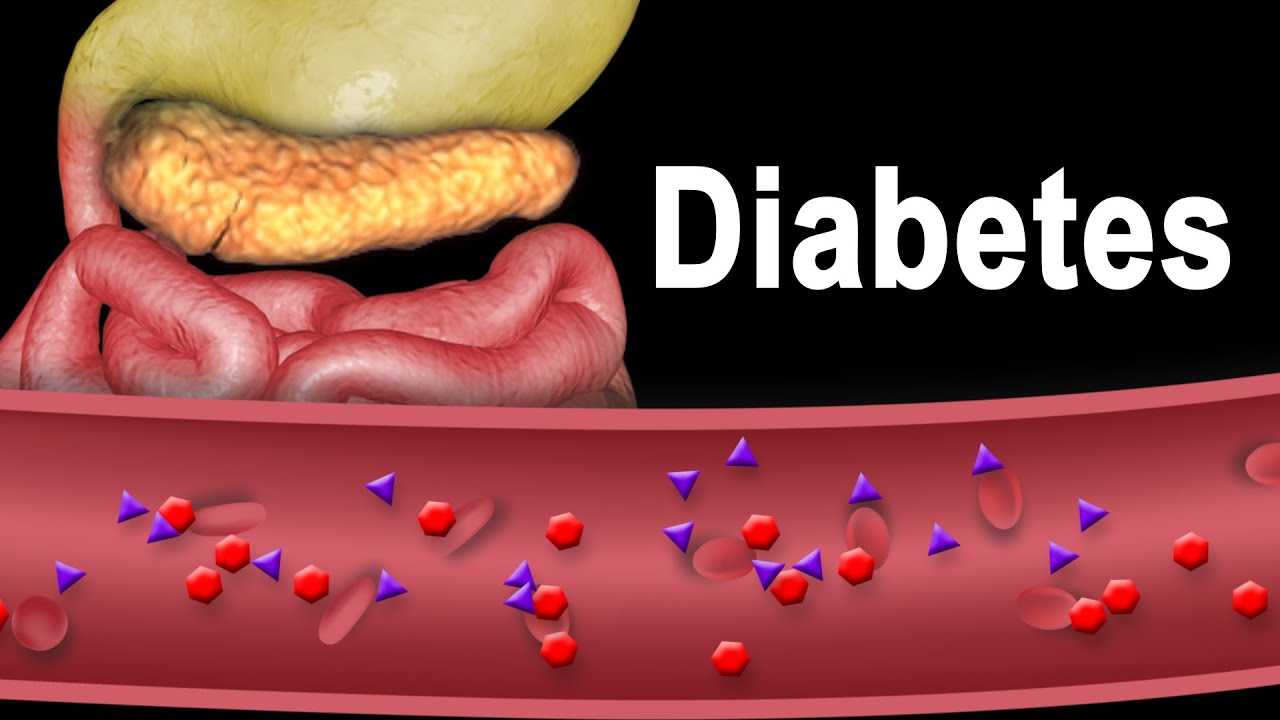
Diabetes Type 1 and Type 2, Animation.
- Post author:admin
- Post published:October 8, 2021
- Post comments:0 Comments
You Might Also Like
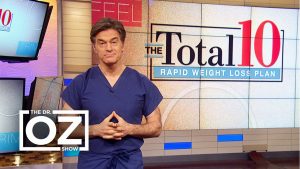
Dr. Oz Discusses the Total 10 Rapid Weight-Loss Plan
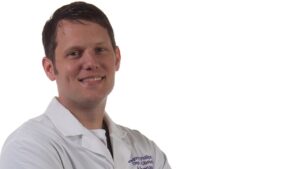
Obstrics Surgeries Video – 3
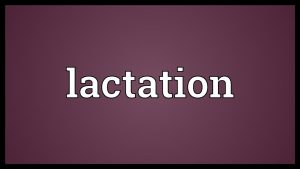
Lactation Meaning

5. Program Exercise - Program Exercise〈Your First PLC (17/19)〉

Silymarin / Milk Thistle Benefits
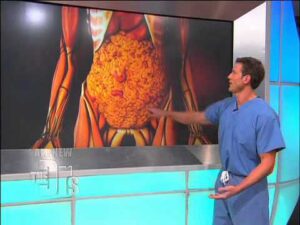
What Visceral Fat Does To The Body (The Doctors)

Catabolism and Anabolism for Glucose and Glycogen

Heart Attack-What Can Cause a Heart To Stop Beating?

Pediatric Surgery Video – 4

Tone Up Exercises for Women in Their 40s : Body Sculpting Basics for Women

Nutrition for Muscles building Video – 1
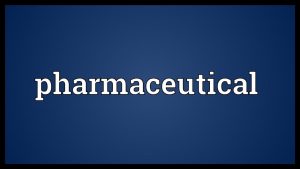
Pharmaceutical Meaning

Introduction to Genetics
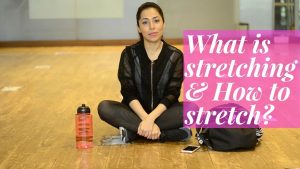
What is Stretching & How to stretch video | Fitness and Nutrition Expert | iTheFitDiva
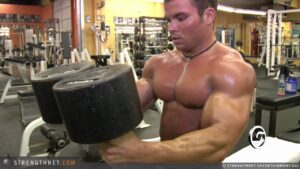
Brandon Williams Uses 150lb Dumbbells for Chest Press

Runner’s Diet Plan | रनिंग से पहले और बाद में क्या खाये | Improve your timings

Deep Aqua Aerobics – Jogging Variations
Cycles Medicines

How much sperm count is needed for IUI or IVF?-Dr. Kasi Sellappan

Introduction To Anatomy Physiology: Body Cavities (01:07)
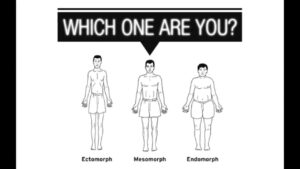
Know which body type you have !

The Only Ab Exercise you really need!

Barbell Curl-1

Glycemic Index Load – Low glycemic index foods list diets

Spa Products Video – 3

Crunches-2

Carrier Oils Video – 1

Should we take multivitamin supplements?

Abhyanga – Ayurved Video – 1

Stop Taking Creatine Forever @Hodgetwins

Side Effects of eating RAW EGGS | Info by Guru Mann

Bodybuilding Nutrition, Diet Recipes & Workout – 42

Fitness Definitions

Dr. Oz: Fat and Body Types

FAQ 1 – I’m doing exercise on regular basis and not getting the results? | Health and Fitness
Anaerobic

How to Use Whey Protein for Weight Loss

What is FITNESS PROFESSIONAL? What does FITNESS PROFESSIONAL mean? FITNESS PROFESSIONAL meaning

What are metabolic processes

Jon Skywalker “The Definition Of Aesthetics” | Fitness & Bodybuilding Motivation

Blood pressure Meaning

